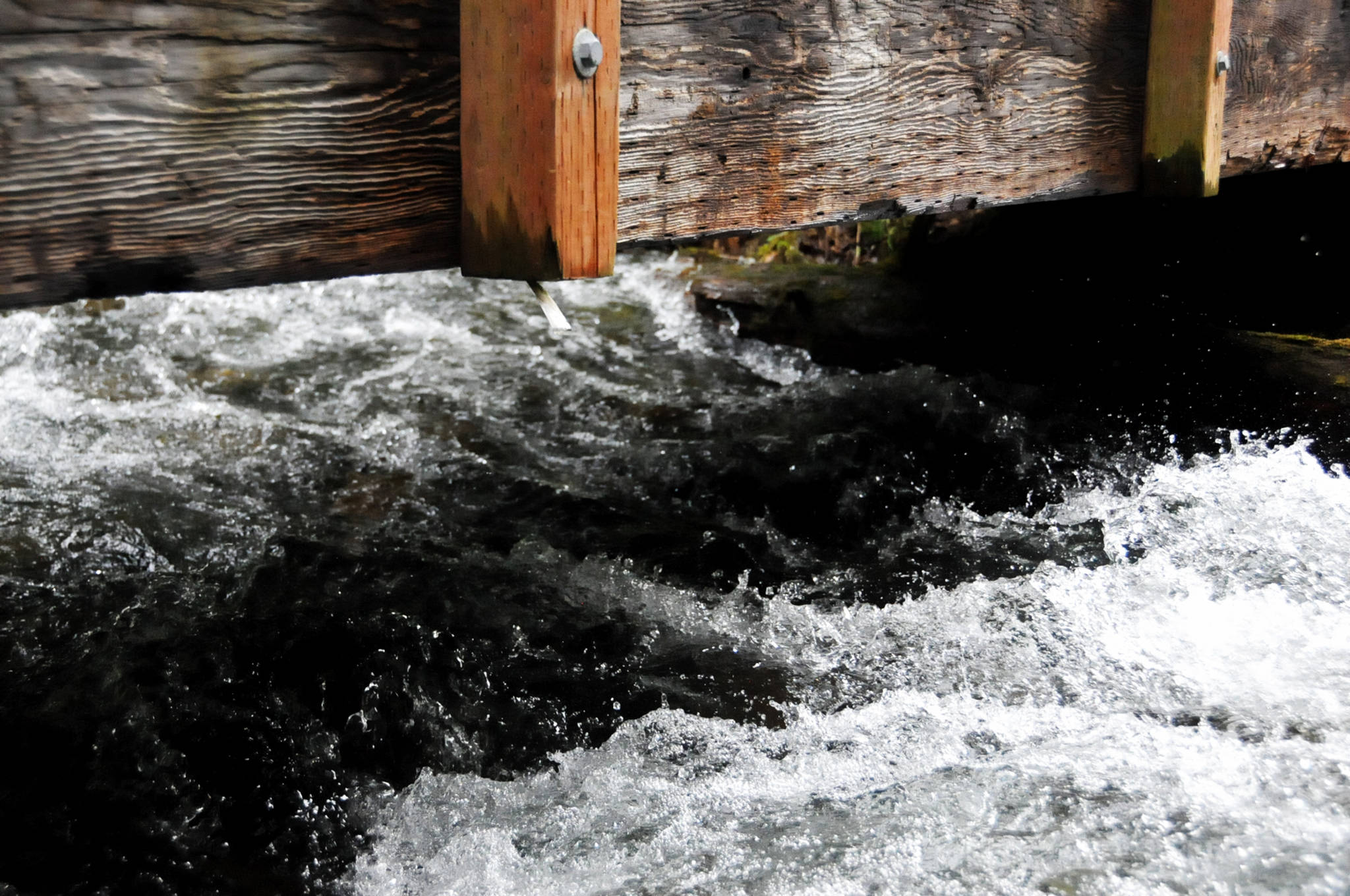The push a group of fisheries activists made to get a section of Alaska law overhauled is making its way through the Legislature, but won’t pass this year.
House Bill 199, sponsored by representatives Louise Stutes (R-Kodiak) and Andy Josephson (D-Anchorage), would overhaul Alaska Statute Title 16, which sets out the procedures for the commissioner of the Alaska Department of Fish and Game to issue permits for operations in fish habitat. Currently, the law states that the commissioner shall issue a permit unless the action is deemed “insufficient for the proper protection of fish and game” resources, but the law does not define what “proper protection” means.
Last year, a group of more than a dozen stakeholders from around Cook Inlet — including sport, subsistence and commercial fishermen in a rare alignment of interests — submitted a non-regulatory proposal to the Board of Fisheries requesting that the board ask the Legislature to overhaul the law. During a worksession held in Soldotna in October 2016, supporters testified about a variety of concerns for fish habitat, particularly about proposed mining projects like the Pebble Mine and the Chuitna Coal Mine.
The Board of Fisheries agreed to author the letter and submitted it to the Legislature in January. Stutes, whose district includes communities heavily dependent on the fishing industry, introduced the bill in March.
However, at a House Fisheries Committee meeting Wednesday, she clarified that she didn’t want the bill to pass this year. She clarified that her intent was not to put anyone out of business but to ensure clean fish habitat.
“I am putting this bill forward to begin the public process so that it can be vetted totally, clearly, fully over the interim,” she said. “I do not want to move this legislation in the house fisheries committee this season.”
The bill sets out a variety of standards, including creating major and minor tiers for permits based on the level of proposed habitat damage. The major permits would require a 30-day public comment period, one of the main sticking points for the proponents, who have said even those living nearby don’t know when an organization has applied for a permit to work in an anadromous stream.
It would also require Fish and Game to assume that a stream is anadromous until proven otherwise. One of the points the proponents pushed is that the Anadromous Waters Catalog that the state has compiled is woefully incomplete and the commissioner should assume that a stream has native fish rather than not requiring a permit if the state has no information on the fish population there.
There are a lot of streams that the state has not catalogued, but it’s not 50 percent like some of the proponents have said — it’s closer to 60 percent, said Ron Benkert with Fish and Game’s Habitat Division in Wasilla during testimony to the House Fisheries Committee.
He said one reason it looks like the state hardly denies any permits is that the Habitat Division works with the companies on their plans to better comply with habitat conservation before approving the permits. Some groups also choose to withdraw their permits because the standards for habitat protection will be too onerous, so they agree to avoid the habitat area, he said.
“Because we negotiate so much with applicants, what comes in on our desk is definitely not what goes out the door,” he said.
There is a fundamental schism between supporters and opponents on the bill: supporters say there’s a problem and opponents say there isn’t. Fisherman Mike Wood, who operates a commercial set gillnet site near the mouth of the Ivan River, near the Susitna River’s mouth, would have been impacted by two major developments — the proposed Susitna-Watana Hydroelectric Project, a dam on the upper Susitna River, and the Chuitna Coal Mine on the Chuitna River. Both have been suspended indefinitely, but Wood told the House Fisheries Committee they’re both examples of why the habitat permitting process needs to be reformed.
“There may be some groups that say ‘Yeah, it’s working,’” he said. “…But I think we need to strike a balance between the people in the conservation side for fish and the people in the mining or extraction other industries, that we’re both comfortable, all sides are being looked at and weighed equally, and we can trust the state’s permitting process to do that.”
Industry organizations protested heavily, calling the bill “fundamentally flawed” and urging the committee members to drop it. Marleanna Hall, executive director of the Resource Development Council, told the committee the bill would increase costs for developers and negatively impact Alaska’s economy. The businesses, which signed onto a joint letter opposing the bill, don’t want to reduce regulations, but want to see the current system continue, she said.
“The intent to safeguard Alaska’s salmon fisheries is an objective that we all share, which is why we support Alaska’s existing, rigorous, science-based system,” she said.
Taylor Horne, the environmental project manager for the Alaska Department of Transportation and Public Facilities, said the department often has to obtain fish habitat permits for its road and bridge projects. DOT’s process includes a public comment period, so people do often get to weigh in when DOT is planning to construct a road that crosses a salmon stream, for example. The permitting process already takes a long time, so Horne asked the committee to keep the conversation open with DOT when working on the bill.
“The Department of Transportation would value you to consider that conversation when advancing HB 199 and also consider the amount of time it takes to go through the permitting process for most of DOT’s projects,” he said.
At the end of the meeting, Stutes reiterated that this was the first of a long series of meetings to gather public input and develop a law that take into account all perspectives.
Reach Elizabeth Earl at elizabeth.earl@peninsulaclarion.com.

